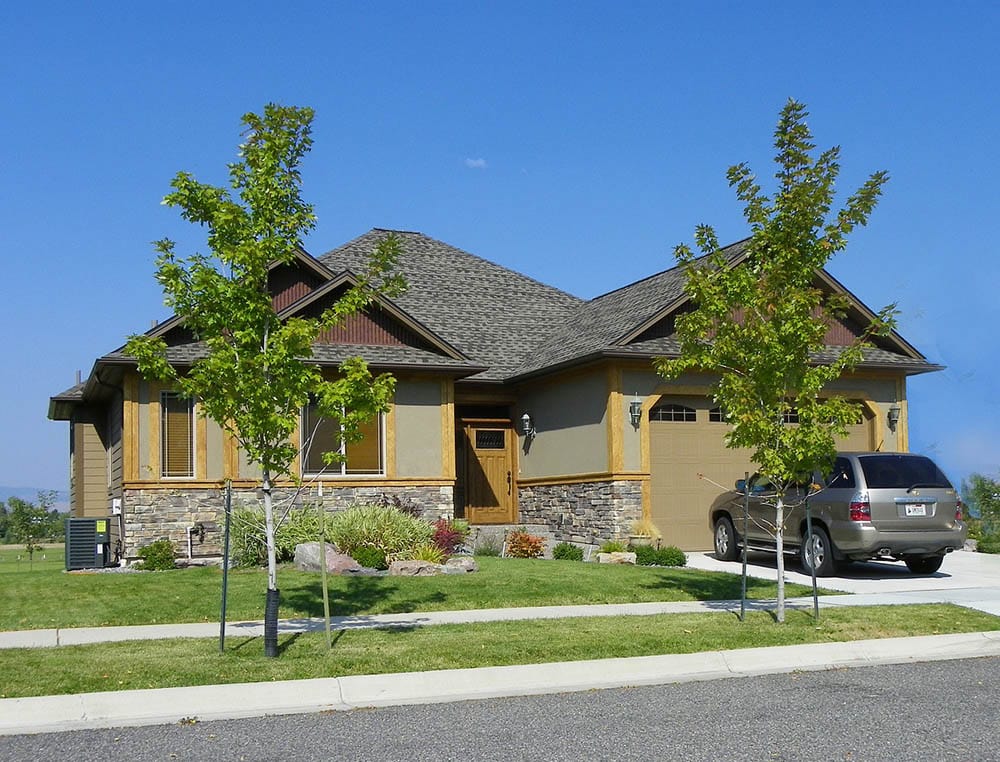How Close Can You Build to Your Property Line? What You Need To Know!
-
Ed Malaker
- Last updated:

Whether you are purchasing a new property that you want to construct a home on or are simply adding a structure to an existing property, one of the biggest questions you may have is how close you can build to the property line. Unfortunately, this isn’t easy to answer because it can vary considerably depending on where you live and what you want to build. Keep reading as we look at several factors that can affect how close you can build to your property line.

Contact Your Local Authorities

The first thing that we recommend doing is contacting your local building official to learn more about the laws governing construction near the property line. Every municipality should have a website that lists whom you will need to contact for the answers that you need. You might even be able to find out the answers yourself by carefully reading over the local laws. It will also help you determine if you need to apply for any permits. The easiest way to find your local municipality’s website is to type your city followed by the word, “building,” into your favorite search engine.
Setback
One of the biggest things affecting how close you can build to the property line is what structures are outside it. For instance, property lines facing a street may need to leave space for a sidewalk. This space is called a setback, and its size will vary from town to town. You might face setbacks on two sides if you own a corner lot. Other things that can create a setback include rivers, lakes, railroad tracks, power lines, and more. Many areas have a standard setback of 10 feet for the front and back of a property and 4 feet for the sides.
Why Do We Have Setbacks?
Besides allowing space for curbs and sidewalks, setbacks help ensure that buildings aren’t too close together, thus creating a fire hazard. Setbacks may also allow space for underground utilities.
Buildings
If you are constructing a building, like a garage or a shed, and there are no setbacks in place, most municipalities will allow the construction a few inches from the property line. A garage is especially easy to build near the property line if it faces directly into your property with the door near the line.
Permits
Adding any type of structure, including a garage, will usually require a permit. You can obtain permits by visiting your municipality’s website to read the local laws and find out who can help you. Not receiving the proper permit before construction can affect your homeowner’s insurance. It can also leave you open to legal problems and fines.

Fencing
The laws governing fences can be tricky. If there is no sidewalk or street requiring a setback, you can usually build close to, if not right on, the property line. If you do want to place the fence right on the line, you will likely need permission from the neighbors who share the property line with you to minimize property disputes. Some states, like Pennsylvania, require the two parties to share in the expense of installing and maintaining it.
You can build a fence a few inches from the property line to avoid involving neighbors, but you will need to maintain your property on the other side. Allowing the neighbor to have exclusive use of the area on the other side of the fence for several years can allow them to gain rights to the property in many states through prescriptive easement and adverse possession, so you’ll need to be careful when using this strategy. If your neighbor also builds a fence a few inches from the property line, you will need to work out a way to access and maintain the property between the two fences.
Prescriptive Easement and Adverse Possession
A prescriptive easement is when a neighbor has had exclusive use of an area for many years. This person can argue in court that since they have used it so long uncontested, they can continue to do so, preventing you from doing something different with the land, even though you are still the owner. Adverse possession is the same as a prescriptive easement, except that the property’s constant exclusive use can cause it to become part of the neighbor’s property permanently.

Summary
Before constructing anything new on your property, we highly recommend checking with your local municipality to check the local laws. The website should tell you about any permits that you need and any setbacks that you need to follow. You will usually only need to stay a few feet inside your property for anything but a garage or a fence, though you will still need to consider the placement of these items carefully.
Featured Image Credit: bridgesward, Pixabay
Contents